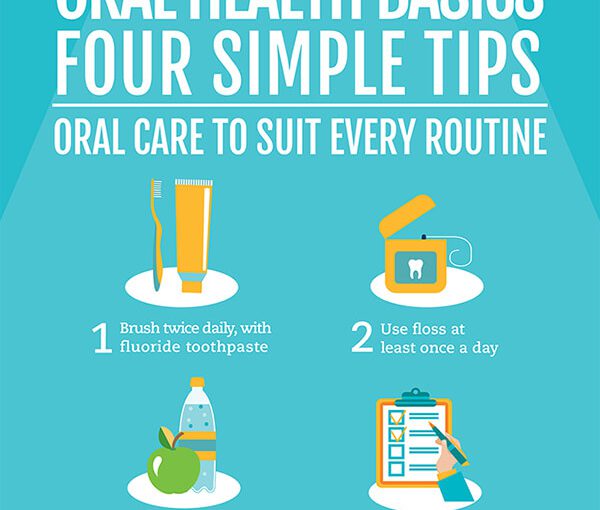What is Performance Management Software?
Performance management software is an application that can be defined simply as a tool used to ease and improve the performance appraisal processes of institutions. This software tracks the employees’ performance with respect to their expectations and goals. Given the increasing level of competition in the business world, this type of software is extremely important in increasing productivity and engagement of the company.
Key Features of Performance Management Software
Goal Setting and Tracking
Setting goals within the performance management software is probably the best feature of the software. The software assists employees and managers in setting, monitoring, and modifying goals on an individual level or as a unit. This function allows everybody to remain focused on the company’s strategy and allows for straightforward communication in relation to goals or aims.
Real-Time Feedback
The days when organizations had to depend on annual performance reports are long gone. The modern organization wants its feedback in real time which helps the organization constantly improve its processes. Such interactions occur through performance management software where employees can provide feedback on a peer, manager, or subordinate performance. Such interactions improve the process by enabling managers identify strengths and weaknesses immediately and empowering employees to respond and grow.
Performance Reviews and Appraisals
These platforms simplify the performance review process by automating administrative tasks, collecting relevant data, and offering structured templates. With customizable review cycles—whether quarterly, semi-annually, or annually—organizations can create comprehensive and consistent evaluation reports that contribute to fair and objective appraisals.
Benefits of Implementing Performance Management Software
Improved Employee Engagement
Implementing a well-rounded performance management system encourages a participatory culture where employees feel heard and valued. This leads to higher engagement levels, as employees understand that their input matters and that there are clear pathways for recognition and advancement. The software also makes it easier for managers to celebrate achievements, leading to a more motivated workforce.
Enhanced Productivity and Efficiency
When goals are clearly defined and a performance review system is designed, employees are more adept and focused on goal and task delegation as well as time management. Progress is being continuously monitored by this software and this promotes a culture of responsibility where employees strive to perform their best. This, therefore, means that managers are able to pinpoint the causes of productive wastes within production processes and take appropriate remedial action in time to avert even more serious adverse events.
Data-Driven Decision Making
Performance management software makes it easy to evaluate changes over time in how an employee performs their tasks through the analytics and reporting feature embedded in the software. Organizations can strategically promote individuals, run training programs and allocate resources appropriately. However, it is without a doubt that, if this data is thoroughly analyzed, managers can incorporate specific measures aimed at enhancing ITI and the entire organization performance.
Choosing the Right Performance Management Software
When selecting performance management software, it’s essential to consider your organization’s specific needs. Key factors include:
- Scalability: Can the software grow with your company?
- Customization: Does it offer flexibility in goal-setting, feedback structures, and review processes?
- Integration: Can it integrate seamlessly with existing HR and payroll systems?
Selecting the right tool ensures that the software supports current business practices and adapts to future growth.
Conclusion
Organizations can implement effective performance management systems if they start with effective goal setting. When the employees have a clear understanding of their roles and how they tie to the larger picture, they are better able to formulate targets that are SMART (specific, measurable, achievable, relevant and time bound). This is in reference to the fact that, having individual job objectives in sync with broad company strategies helps to focus every team member’s efforts on the tasks and projects that grow the company.…







